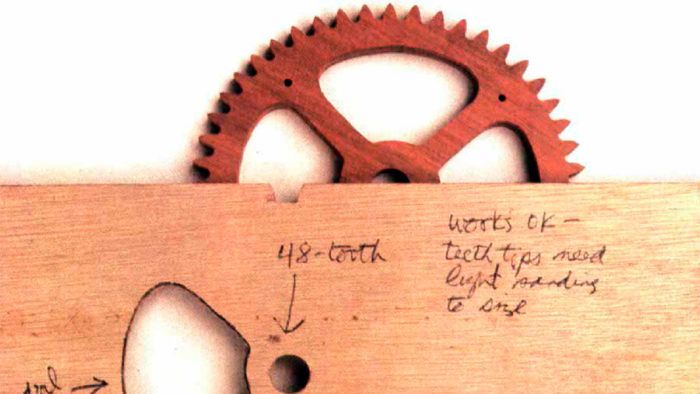
I don’t remember the exact issue of Fine Woodworking I first came across, but I do know I was at the local public library when I was either a freshman or sophomore in high school. It wasn’t long after that I bought my own subscription and would anxiously wait for each issue to arrive. I can remember poring over the articles and reading each line with intent. Much of the information was beyond my comprehension, and certainly my skill level, but that really didn’t matter because the magazine provided something much more important; it was a conduit to what others were doing in their own workshops. That alone excited me because I was already spending a lot of my free time making things, and their ideas and reasons for being in the shop resonated with my own. The article that remains most vivid from that time was one on making wooden clocks. I can still picture the cover with all the wooden gears. That clock, made entirely of wood, fascinated me. That unique idea complemented my own sense of using wood in unconventional ways to make things such as carved belt buckles and necklaces.
Later on, after graduating college with an engineering degree, I was once again in a public library during a lunch break and came across Fine Woodworking. That particular issue on the rack would soon change the course of my life. I was discontented with my job and was yearning to work with my hands to do something more creative. In that issue I discovered the work of Judy McKie, a furniture maker in Cambridge, Mass. I had never seen anything like her work; it was extraordinary and simply beautiful. At this time I was spending my free time taking sculpture classes at night and just making all sorts of things from wood. What struck me about McKie’s work is that it was heavily based in art. It was both sculpture and engineering to my eyes. A bell went off in my head: I want to do this!
Over the next months I visited woodworking schools around the country. I was looking for a place that would give me a formal training and foundation in furniture making. Basically, I wanted to learn how to put things together in the best possible way. I combed the country for schools and eventually came across a simple ad in the Fine Woodworking classifieds: Leeds Design Workshops—internship for making furniture. The school was a perfect fit for my needs so I moved across the country and would spend the next two years immersed in all things furniture making under the instruction of David Powell, who had trained at the Barnsley Workshops in England. It worked out to be everything I wished it to be, and to this day what still resounds in my head is Powell’s article on making his tool cabinet. It pretty much sums up his approach and who he was. There’s a line in it that goes something like this: And for the 24 drawers, they should be dovetailed together in a straightforward fashion. I still tell myself that line whenever I have an insurmountable task before me.
All in all, what still draws me to the magazine and piques my interest is what others are making and how they do it. The articles and all the photos provide a window into the mind and shops of these woodworkers, starting with the back covers, which are the first thing I look at and read when I pick up an issue. Through this magazine we find a personal connection to the craft we love.
—Michael Cullen
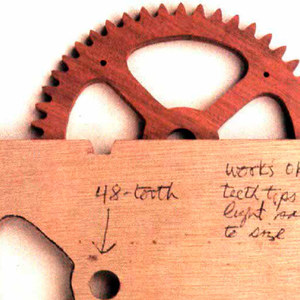 |
Making a Wooden ClockworksPart two: Getting things ticking by Wayne Westphale |
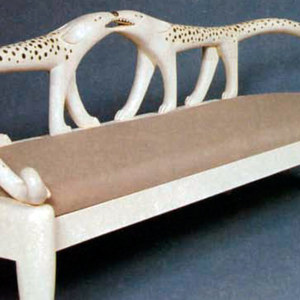 |
Portfolio – Judy Kensley McKieAn innovative designer talks about making a living. |
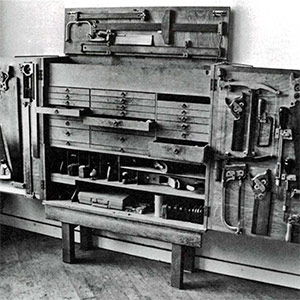 |
David Powell’s tool chestTo hold his cabinetmaking tools in a convenient and organized way, David Powell built this tool cabinet, making maximum use of its interior space. by David Powell |
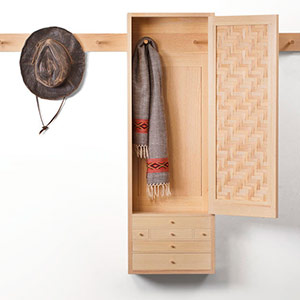 |
Back Cover: A Cabinet of One’s OwnHeide Martin designed her cabinet to hold the small things she uses in her various crafts. It hangs on a peg board and has a distinctive woven ash panel in the door. |
 |
Back Cover: Australian WindsorAustralian furniture maker Bern Chandley knew he’d found his calling when he built his first Windsor chair. His recent black dining chair is an example of the hybrid nature of his designs. |
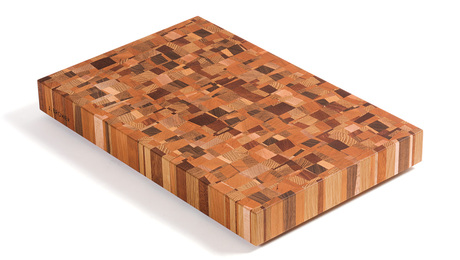
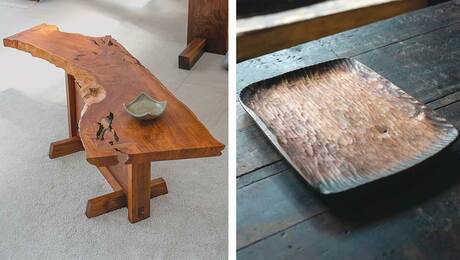
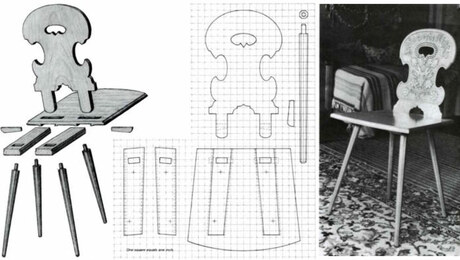
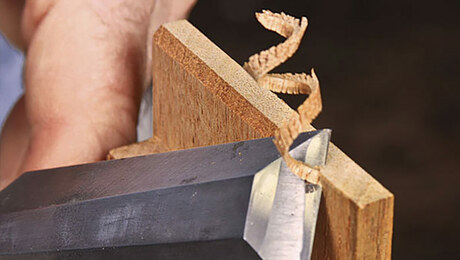


















Log in or create an account to post a comment.
Sign up Log in